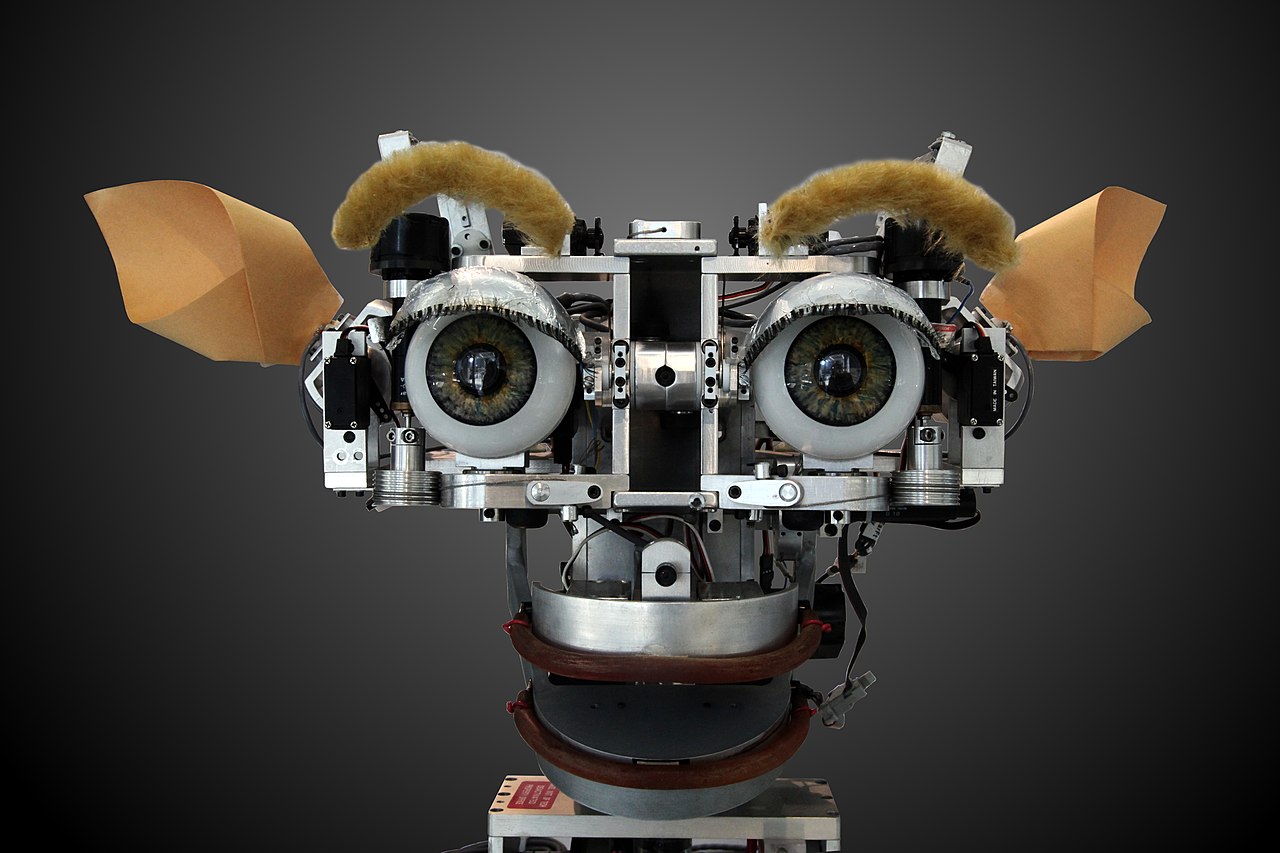Quantum Brain vs AI Brain
Quantum Brain vs AI Brain: A Deep Dive
As the world of technology advances at breakneck speed, two intriguing frontiers have emerged in the quest to replicate human intelligence: quantum computing and artificial intelligence (AI). Each represents a different approach to mimicking the human brain, with unique potentials and challenges. In this blog, we'll explore the fascinating realms of the quantum brain and the AI brain, comparing their capabilities, differences, and the future they promise.
Understanding the Quantum Brain
When we talk about the quantum brain, we're referring to the concept of using quantum computing to model the human brain's complex processes. Quantum computing operates on principles of quantum mechanics, leveraging the strange phenomena of superposition and entanglement.
Superposition allows quantum bits (qubits) to exist in multiple states simultaneously, unlike classical bits that are either 0 or 1. This multiplicity enables quantum computers to process a vast number of possibilities at once, making them incredibly powerful for certain tasks.
Entanglement, another quantum phenomenon, links particles in such a way that the state of one particle directly influences the state of another, no matter the distance between them. This property could theoretically enable quantum computers to perform computations with a degree of interconnectivity and speed far beyond classical computers.
Applying these principles to brain modeling could revolutionize our understanding of neural networks and cognitive processes. Quantum computers could simulate the human brain's operations with unprecedented accuracy, potentially leading to breakthroughs in neuroscience, medicine, and artificial intelligence itself.

Exploring the AI Brain
Artificial intelligence, on the other hand, relies on classical computing to replicate human intelligence. AI systems use algorithms and data to perform tasks that typically require human intelligence, such as learning, problem-solving, and decision-making.
The core component of many AI systems is the neural network, inspired by the human brain's structure. Neural networks consist of layers of interconnected nodes (neurons) that process information in a way similar to the human brain. By adjusting the connections (weights) between these nodes through training, AI systems can learn to recognize patterns, make predictions, and even generate creative content.
Machine learning, a subset of AI, has already transformed various industries. From voice assistants like Siri and Alexa to recommendation systems on Netflix and Amazon, AI is increasingly integrated into our daily lives. Deep learning, a more advanced subset of machine learning, employs large neural networks to achieve even more complex tasks, such as image and speech recognition.

Quantum Brain vs AI Brain: Key Differences
While both quantum and AI brains aim to emulate human cognition, they differ significantly in their approaches and current capabilities:
- Computational Power: Quantum computers have the potential to surpass classical computers in processing power due to their ability to handle multiple states simultaneously. AI relies on classical computing, which, while powerful, faces limitations in scalability and speed.
- Data Handling: AI systems require vast amounts of data to learn and improve. Quantum computing could potentially process and analyze data more efficiently, but this application is still largely theoretical and in developmental stages.
- Development Stage: AI is already deeply integrated into many aspects of technology and industry. Quantum computing, though promising, is still in its infancy with many technical challenges to overcome before it can be widely applied.
- Applications: AI excels in pattern recognition, predictive analytics, and automation. Quantum computing's potential applications include solving complex optimization problems, simulating molecular structures for drug discovery, and advancing cryptography.
The Future of Intelligence
The future of quantum and AI brains is intertwined with the evolution of technology. As quantum computing matures, it could enhance AI by providing unprecedented computational resources, enabling more accurate models of the human brain. Conversely, advancements in AI could aid in the development of more sophisticated quantum algorithms and error correction techniques.
Imagine a world where quantum-enhanced AI systems can solve complex medical problems, develop new materials, and even predict and mitigate climate change. The synergy between quantum computing and AI could lead to innovations we can barely imagine today.
However, this future also raises important ethical and societal questions. The immense power of these technologies necessitates careful consideration of their impact on privacy, security, and employment. Ensuring that these advancements benefit all of humanity, rather than a select few, will be a crucial challenge.
Conclusion
Both quantum and AI brains represent groundbreaking steps toward understanding and replicating human intelligence. While AI is already making significant impacts across various fields, quantum computing holds the promise of taking these advancements to the next level. As we stand on the brink of this technological revolution, the potential for innovation is boundless, but so is the responsibility to guide it ethically and equitably.
The journey of exploring and merging quantum and AI technologies is just beginning, and it promises to be one of the most exciting frontiers in the history of human ingenuity.
Comments
Post a Comment